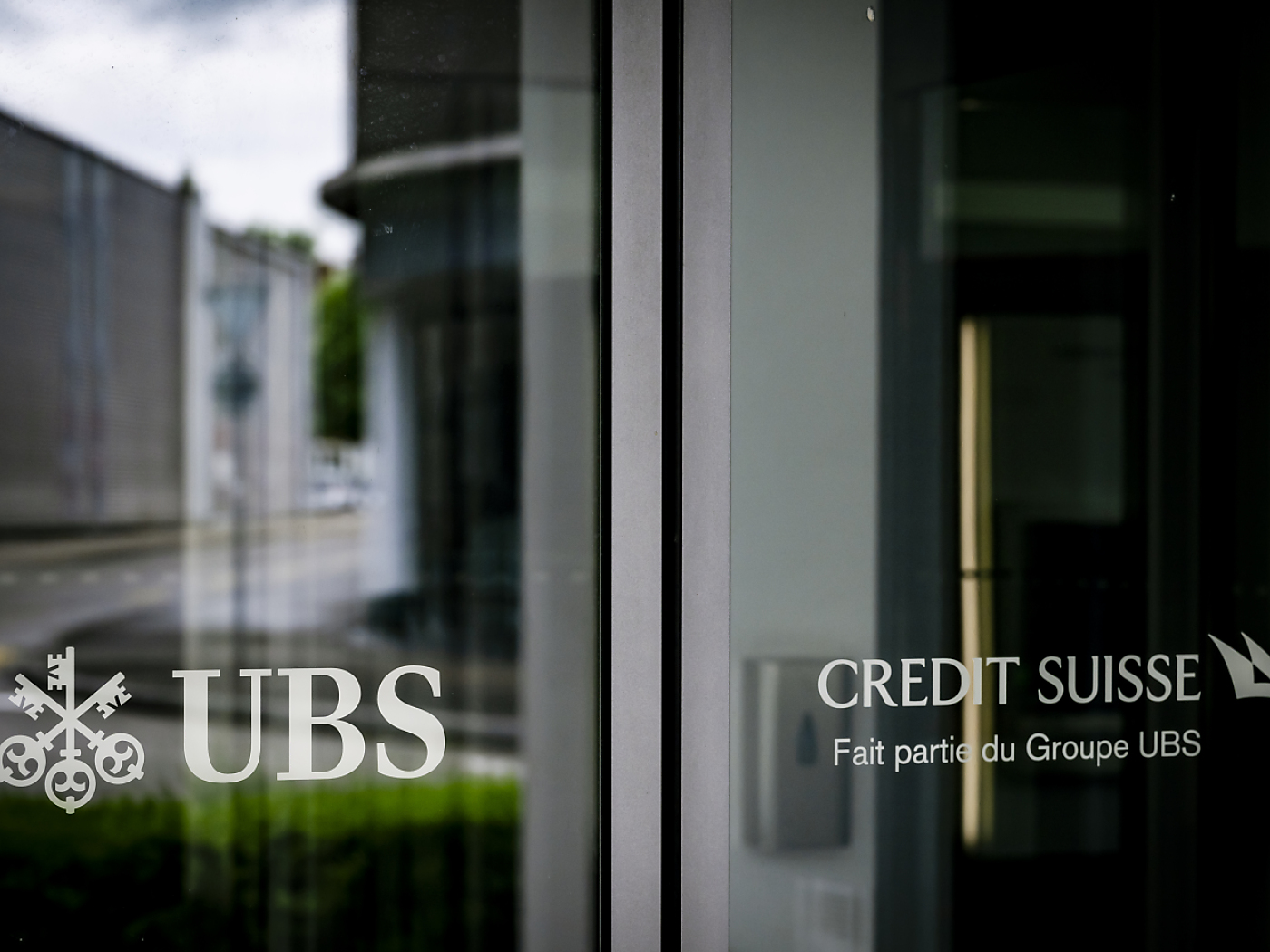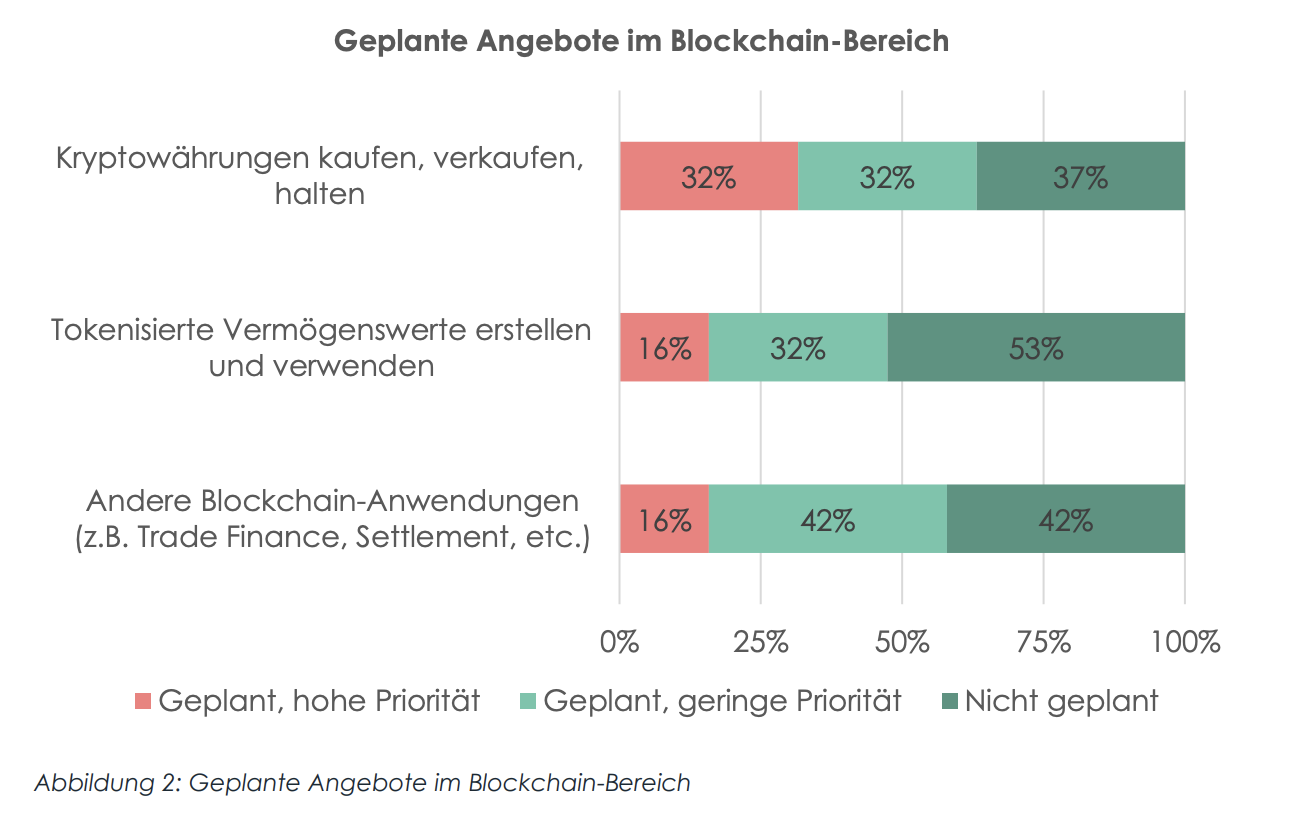Overview: The month-end and slew of data is making for a volatile foreign exchange session, while the rash of earnings has generally been seen as favorable though weakness was seen among the semiconductor chip fabricators. China, Hong Kong, and Japanese equities fell but the other large markets in the region rose. Europe’s Stoxx 600 is up around 0.8%. It is the eighth advance in the past 10 sessions. US futures are higher and the S&P 500’s advance of nearly 7.6% coming into today, if sustained, would be the largest monthly advance since November 2020. Asia Pacific bonds played catch-up after the big Treasury rally yesterday, but European and American yields and benchmark 10-year yields are higher. The US 10-year is near 2.72%, up four basis points. European yields are mostly 5-8 bp higher. The yen and Swiss franc lead the advancing major currencies today, but sterling, the Canadian and Australian dollars, and the euro have given up their early gains. Most emerging market currencies are gaining on the greenback. Gold reached almost $1768 today, a $40 advance from the end of last week, but its gains have been pared and it is trading near $1757 ahead of the US open. September WTI has alternated between gains and losses this week. It fell about 0.85% yesterday and is up 2.25% today to around $98.60. On advancing sessions this week, September WTI has gained more than 2%. US natgas has steadied after falling almost 10% in the past two sessions. It may be the first decline in four weeks. Europe’s natgas benchmark is about 2.6% lower after falling nearly 2.9% yesterday. Still, it is up more than 21% this week. Iron ore snapped a five-day advance and fell nearly 3.3% today, ostensibly on disappointment that China does not appear poised to provide broad economic support. September copper, on the other hand, is extending its rally into the sixth consecutive session. It is up almost 5% this week after a 3.6% advance last week. Despite signs of a bumper North American crop, the September wheat prices have firmed, and are at their best level in three weeks.
Asia Pacific
The dollar fell by slightly more than 1.6% against the yen yesterday, the most since last November. It is off another 1% today what appears to be a major reassessment. The dollar was hit with a one-two punch of what was understood to be a dovish Fed and the second consecutive contraction in the quarterly GDP. The US 10-year yield, which we note has strong correlation to the exchange rate, fell to its lowest level (~2.65%) since early April. Moreover, what has reportedly gotten some levered accounts to cover short yen positions is the growing conviction that the US 10-year yield has peaked. In mid-May through mid-July, as the dollar rallied from below JPY129 to a little over JPY139, speculators (non-commercials) in the futures market were dramatically reducing their net short yen position from around 100k contracts to 50-60k (each contract is for JPY12.5 mln, roughly $92k).
Japanese data were a mixed bag today. Tokyo July CPI was firmer than expected. The headline rose 2.5% from 2.3%, while the core measure that excludes fresh food, rose to 2.3% from 2.1%. The measure that excludes fresh food and energy climbed above 1.0% (1.2%) for the first time since 2015. The unemployment rate was steady in June at 2.6%, though the job-to-applicant ratio edged higher (1.27 from 1.24). Industrial output has been disrupted with a lag by China's lockdowns. After collapsing 7.5% in May, Japan's industrial output jumped back in June, surging 8.9%, more than twice the Bloomberg median projection. The year-over-year rate was unchanged at -3.1%. While housing starts and consumer confidence were weaker than expected, the major disappointment was with retail sales. Economists in Bloomberg's survey anticipated a 0.2% gain, but instead retail sales slumped 1.4%, the steepest monthly decline since April 2021.
Reports indicated that US President Biden and China's Xi have instructed their staffs to prepare for a face-to-face meeting. Meanwhile, US Speaker Pelosi's once-tipped trip to Taiwan is unconfirmed. Separately, China's Politburo seemed realistic if even dour about the growth prospects. Few, if any, expect China's target of "around 5.5%” can be achieved. The IMF's new forecast is for 3.3% this year and 4.6% next. Over the weekend, China will report its July PMI and Caixin's manufacturing PMI. The composite stood at 54.1 in June and may have slipped a little.
The dollar fell to JPY132.50, its lowest level in six weeks today. The week's high, set on Wednesday was nearly JPY137.50. With today's loss, the greenback has retraced half of the rally off late May low near JPY126.35. The next retracement target (61.8%) is around JPY131.35, which also corresponds to the mid-June low. One of the most important takeaways is that like the Great Financial Crisis and the pandemic, there was no intervention. Officials seemed to say within the G7/G20 framework, expressed concerns about volatility. Also, the 10-year JGB yield, capped at 0.25% is around 0.18%, around the middle of this year's range. The Australian dollar poked above $0.7030 to trade at its best level since mid-June. However, profit-takers stepped in a knocked it back to $0.6990 in the European morning. Support is seen in the $0.6960-80 range. The greenback is slipping lower against the Chinese yuan for the third consecutive session and is near 2.5-week lows around CNY6.7360. It is the first back-to-back weekly loss since February. The PBOC set the dollar's reference rate at CNY6.7437, a little firmer than expected (CNY6.7422) in the Bloomberg survey.
Europe
The aggregate EMU figures showed higher than expected July inflation and stronger than expected Q2 growth. Inflation edged up 0.1% on the month, which lifted the year-over-year CPI to 8.9% from 8.6%. The core rate ticked up to 4.0% from 3.7%. The preliminary estimate of Q2 GDP was 0.7%. The median in Bloomberg's survey had forecast 0.2% growth. Growth in Q1 was revised to 0.5% from 0.6%. Germany stagnated, though Q1 GDP was revised to 0.8% from 0.2%. Separately, it reported that July unemployment rose to 5.4% from 5.3%. France grew 0.5% in Q2. The market had looked for a 0.2% expansion. French CPI rose 6.8% year-over-year, up from 6.5%. Italy surprised with 1% growth in Q2, and its CPI slipped to 8.4% from 8.5%. Spain's growth was also a pleasant surprise, accelerating to 1.1% after 0.2% in Q1. The median forecast was for a 0.4%. Spanish CPI also surprised. It accelerated to 10.8% from 10.0% in June.
The Swiss National Bank's 66-page report, reiterated that the central bank can adjust monetary policy when it sees fit, not just at meetings. Recall that the SNB hiked rates 50 bp at the June 16 meeting (the deposit rate is now -0.25%), ahead of the ECB, and opined that the Swiss franc was no longer excessively overvalued. Since the day before that meeting, the euro has fallen by slightly more than 7.3% against the euro. It is at its lowest level since the chaos following the SNB's lifted the franc's cap (euro's floor) in early 2015. In fact, the euro fell to new lows near CHF0.9700 yesterday. It has held that level today. The global rate development that helped the yen may have also given a fillip to the franc, but the sharpest move happened as the newswires publicized the report. The conventional narrative is that the SNB was highlighting the fact ahead of next week's (August 3) July CPI figures. While possible, it seems unlikely. Intermeeting moves are for emergencies. The July CPI may have declined on the month though the year-over-year rate is expected (median Bloomberg survey) to held steady at 3.4%.
The euro briefly pushed above $1.0250 but met a wall of sellers that pushed it back below $1.02 as the European morning progressed. Some of the selling may have been related to the 3 bln euros in options struck between $1.0247 and $1.0250 that expire today. Month-end flows may have also played a role. Initial support is seen in the $1.0160-80 area. Recall that the euro settled last week slightly below $1.0215. Sterling reached almost $1.2250, a new high for the month. However, it also has come off sharply, and is trading nearly a cent lower in Europe. Initial support is seen around $1.21. That was also around yesterday's low and a close below it would be a bearish technical development. That said, sterling closed a smidgeon below $1.20 last week.
America
Exactly what you call the fact that the preliminary Q2 GDP contracted after a 1.6% contraction in Q1 doesn't really matter much outside of cocktail conversations. Excluding inventories, the economy grew by 1.1%. The real issue is will it have policy implications and what does it mean for the capital markets. The Fed funds futures reduced the odds of a 75 bp hike in September to about a 25% chance from around a 37% chance after the FOMC meeting. The implied yield of the June 2023 Fed funds futures is trading about 18 bp below the implied yield of the December 2022 contract. At the end of June, it was at a 5.5 bp premium. The December 2023 contract's implied yield implies the market is almost 50 bp below the yield of the December 2022 contract.
For those who pour over the data releases, the personal income, consumption, and deflator data could be derived from yesterday's GDP figures. But for most of us mortals, we will look at income growth (steady around 0.5%) and consumption (GDP warns of risk of soft numbers including possible downward revision to the 0.2% gain in May). The deflator is expected to accelerate on the headline level but possibly unchanged at the core (4.7%). The Chicago PMI may only matter if it misses dramatically misses expectations for 55.0 (from 56.0). Shortly after it, the University of Michigan's final July reading. Sentiment is at levels associated with recessions. The troublesome 5–10-year inflation expectation stood at 2.8% in the preliminary estimate, which if confirmed, would match the lows since April 2021. At his press conference yesterday, Fed Chair Powell cited the Employment Cost Index. The Q2 iteration is out tomorrow. It is expected to have moderated from 1.4% to 1.2%, which would match the new four-quarter average. It would be the fourth consecutive quarter of at least 1% increases. There had not been even one since the end of 2006. The five-year average before the pandemic was 0.63%, though this is meant to provide context and not a normative claim.
Canada reports May GDP figures. The median forecast (Bloomberg's survey 13 estimates) is for a 0.2% contraction. An occasional decline in Canada's monthly GDP is not that unusual. It last fell in January (-0.1%). With the expected decline, it puts the year-over-year growth pace at 5.4%, the strongest since the middle of last year. It should not be an important driver of the Canadian dollar. Mexico reports Q2 GDP. The median forecast (Bloomberg's survey 11 estimates) is for a 0.9% quarter-over-quarter expansion after 1.0% in Q1. After the much larger than expected trade deficit (June $3.96 bln vs. the median in Bloomberg's survey for $1.2 bln), the risk may be on the downside.
The US dollar initially extended its losses and fell to CAD1.2790, its lowest level since mid-June before rebounding to new session highs around CAD1.2835 in the European morning. Options for almost $600 mln at CAD1.2830 expire today. Initial resistance is seen near CAD1.2840-50. Still, the US dollar settled last week near CAD1.2915, and barring a dramatic surge, will close lower for the second consecutive week, something it has not done since late May/early June. The greenback fell to MXN20.2080, the lowest level since July 1. Yesterday's low was around MXN20.2750, and the dollar is back above there. It is knocking on initial resistance in the European morning in the MXN20.31-MXN20.32 area. The US dollar has fallen for the past five sessions against the peso. It settled near MXN20.53 last week.
Full story here Are you the author? Previous post See more for Next post
Tags: #USD,$CHF,$JPY,China,Currency Movement,EMU,Featured,federal-reserve,Japan,newsletter

































